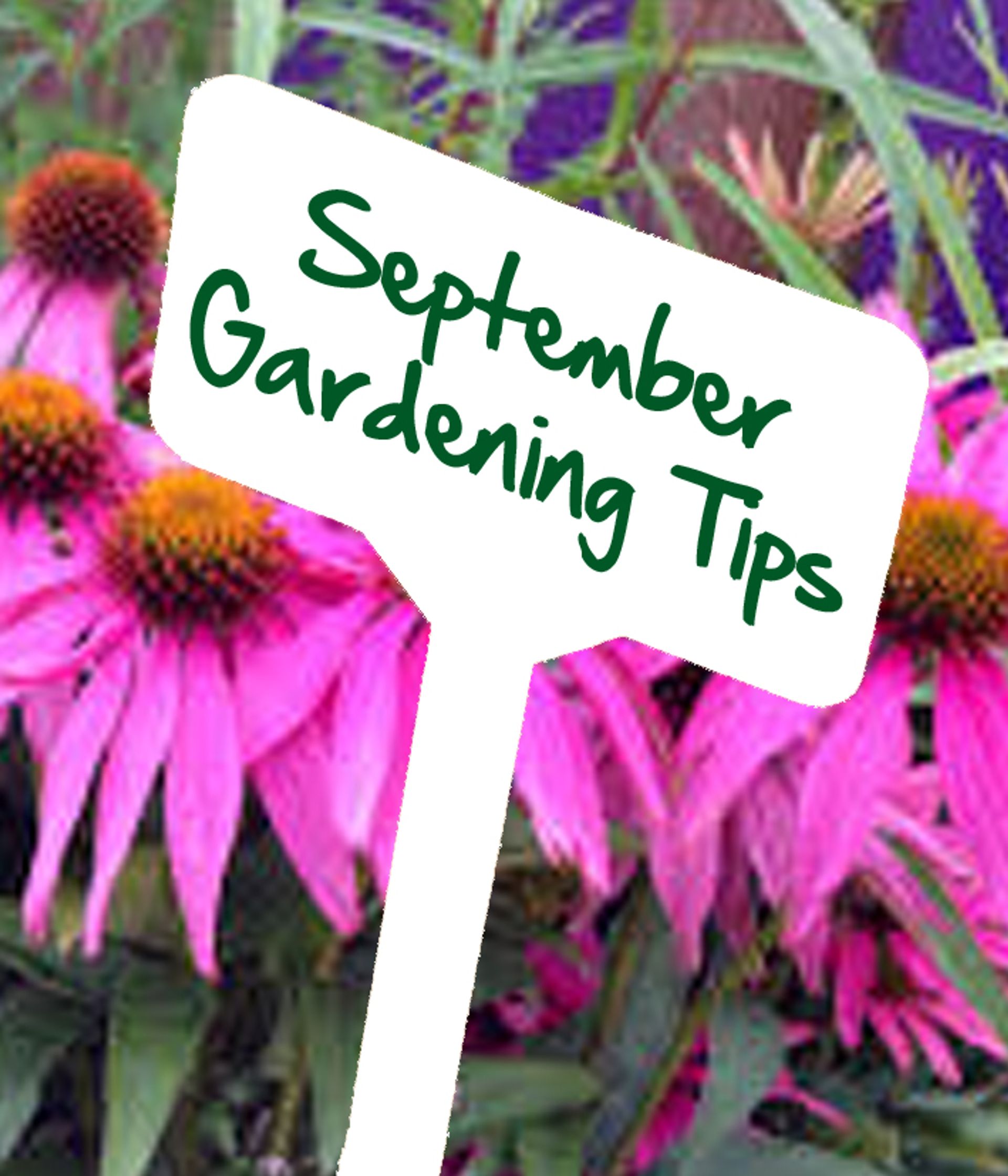Early in the Month
This is a good time to move established evergreen shrubs, and the traditional time to start planting new trees and shrubs of all kinds. Use some mychorrizal fungi when planting to aid rapid establishment in the new situation.
As the summer bedding plants begin to fade replace them with cheerful autumn bedding varieties to brighten up the dull winter days ahead. Make-up winter hanging baskets using pansies, bright evergreens and winter flowering heathers. Prepared hyacinths should be planted and put in a cool, dark place by the end of this month if you want them in bloom by Christmas.
Watch out for aphid attacks on winter flowering pansies. The colonies live deep among the central rosette of leaves, causing the plants to wilt. Also there are three types of leaf spot fungal diseases that can attack pansies, so check the foliage for them too.
Mid–Month
Sow some hardy annuals outdoors in flowering positions in sheltered spots. Now is the time to get busy with planting spring flowering bulbs and we have a comprehensive range on display. If you like to prioritize your buying, the things to go for now are autumn flowering crocus, Madonna lilies, Colchicums, Fritillarias and prepared hyacinths. It is a good plan to plant Daffs. and Narcissi early too. Scarify the lawn to remove “thatch” and feed with Autumn lawn dressing. This is a good time to sow or turf a new lawn and repair bare patches. You could also over-seed all or part of the lawn to thicken the sward.
Grease band the trunks of fruit trees to trap the wingless female Winter moths as they climb them to lay eggs. Strawberries should be planted by the end of this month for cropping next year. Plant garlic now in a sunny free draining spot. They like a long growing season in order to make the best cloves.
Sow some autumn lettuce under cloches or for planting in a cold greenhouse. Plant out spring cabbage plants 15cm (6in) apart in rows 30cm (1ft) apart.
If your lawn is infested with leatherjackets or chafer grubs control them using natural biological pest control nematodes available from specialist suppliers and through some garden centres.
Sow green manure crops on vacant areas of the veg. garden for digging in next spring.
Plant Japanese onion sets to get a lovely crop of flavoursome onions ready from June.
Spray Michaelmas daisies with a fungicide or plant invigorator to prevent mildew.
Later this Month
Lift beetroot, carrots, turnips and potatoes for winter use. Leave parsnips and swedes in the ground to develop more flavour. Sow some compact hardy annuals in a cold greenhouse to grow into winter flowering pot plants. Pick green tomatoes for chutney or ripening in a brown paper bag in a drawer indoors. Reduce watering and ventilation in the greenhouse as temperatures drop. Lift, divide and re-plant early spring flowering herbaceous perennials. Bring in any tender shrubby plants taken outside for summer displays e.g. Brugmansia.
Cut back marginal plants and net your pond to keep out autumn leaves. Bring in tender floating pond plants, like water chestnut and water hyacinth before frost. The floating plant water soldier can remain in the pond.
Dry some herb foliage for winter use, or chop and freeze them in ice cubes. Prune summer fruiting raspberries by removing old, fruited canes. Take cuttings from roses, preferably using shoots that have flowered. Trim them to 23cm (9in) long.
Increase ventilation for indoor grapes to reduce fungal attack.
Treat sheds, fences etc. with a good wood preserver.
Bring in any houseplants that have been outside “on holiday” for the summer.
